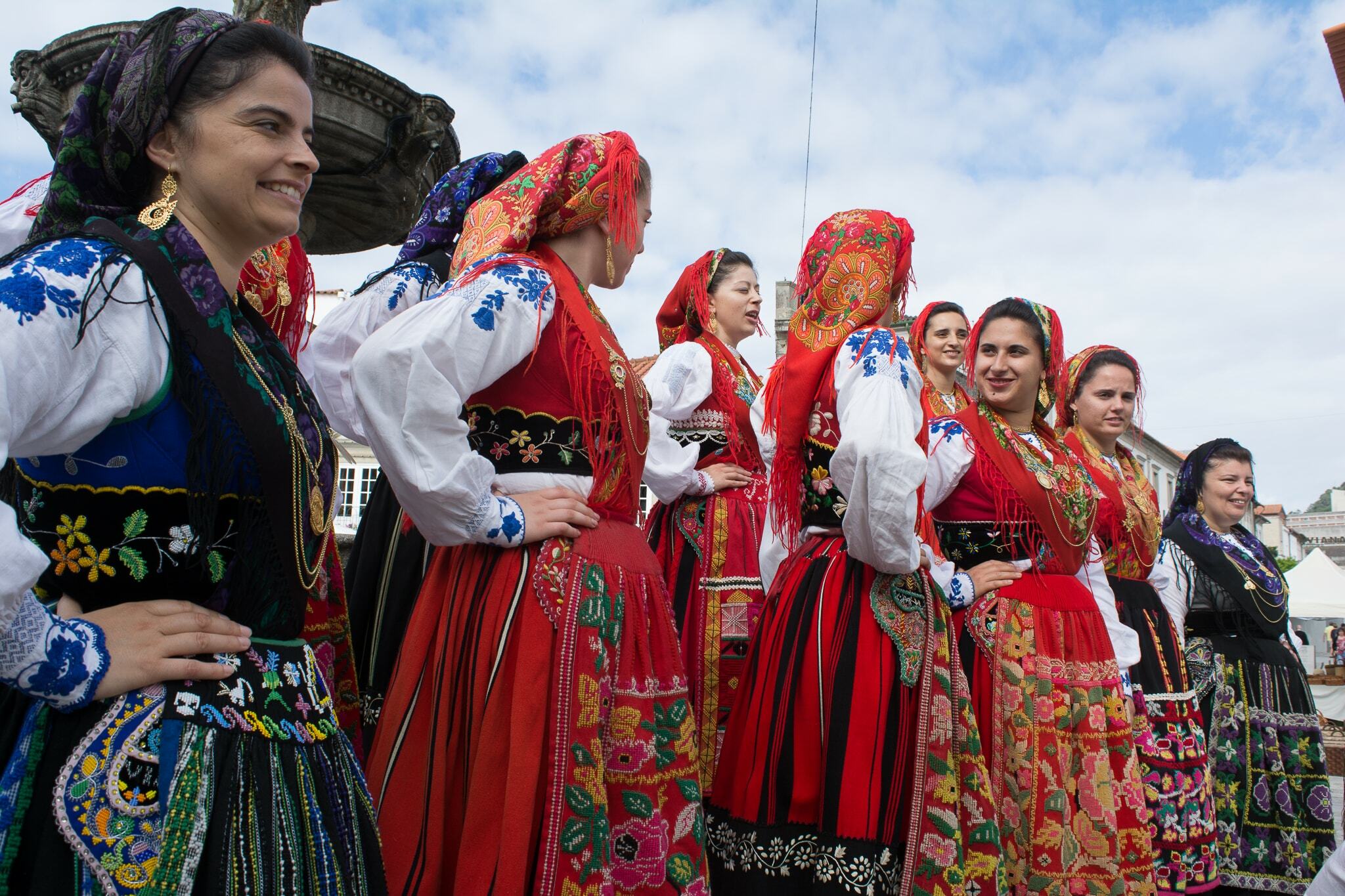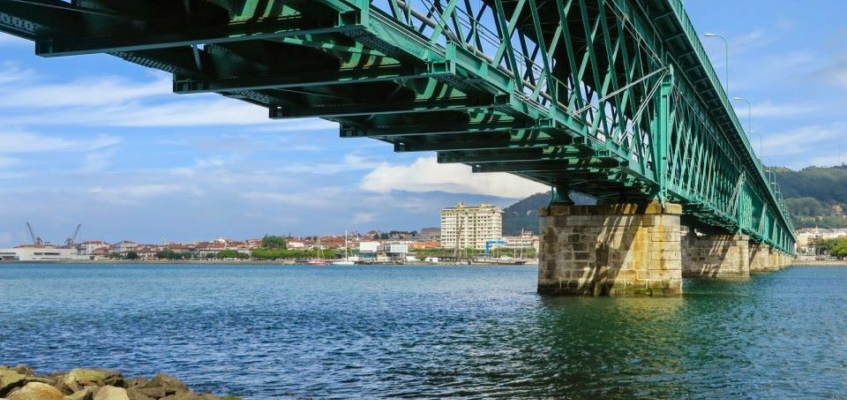The privileged location of the sanctuary dedicated to the cult of the Sacred Heart of Jesus, at the top of Santa Luzia Hill, allows you to enjoy a unique view of the region, which combines the sea, the Lima River with its valley, and the entire surrounding mountain complex, panorama considered the 3rd best in the world, according to National Geographic (1927).
Seeking the revaluation of the mountain and the ruins of Citânia de Santa Luzia, works began in 1904. Although many defend the inspiration of Ventura Terra's project in the Sacré Cœur Basilica, in Paris, others contest it since, at the height of the project (1899), the Parisian church was still poorly built and without visible configuration.
As the ex-libris and postal card of the city of Viana do Castelo, this is undoubtedly a mandatory stop for everyone visiting the region. A magical place that unites nature, history, religion and unparalleled heritage.
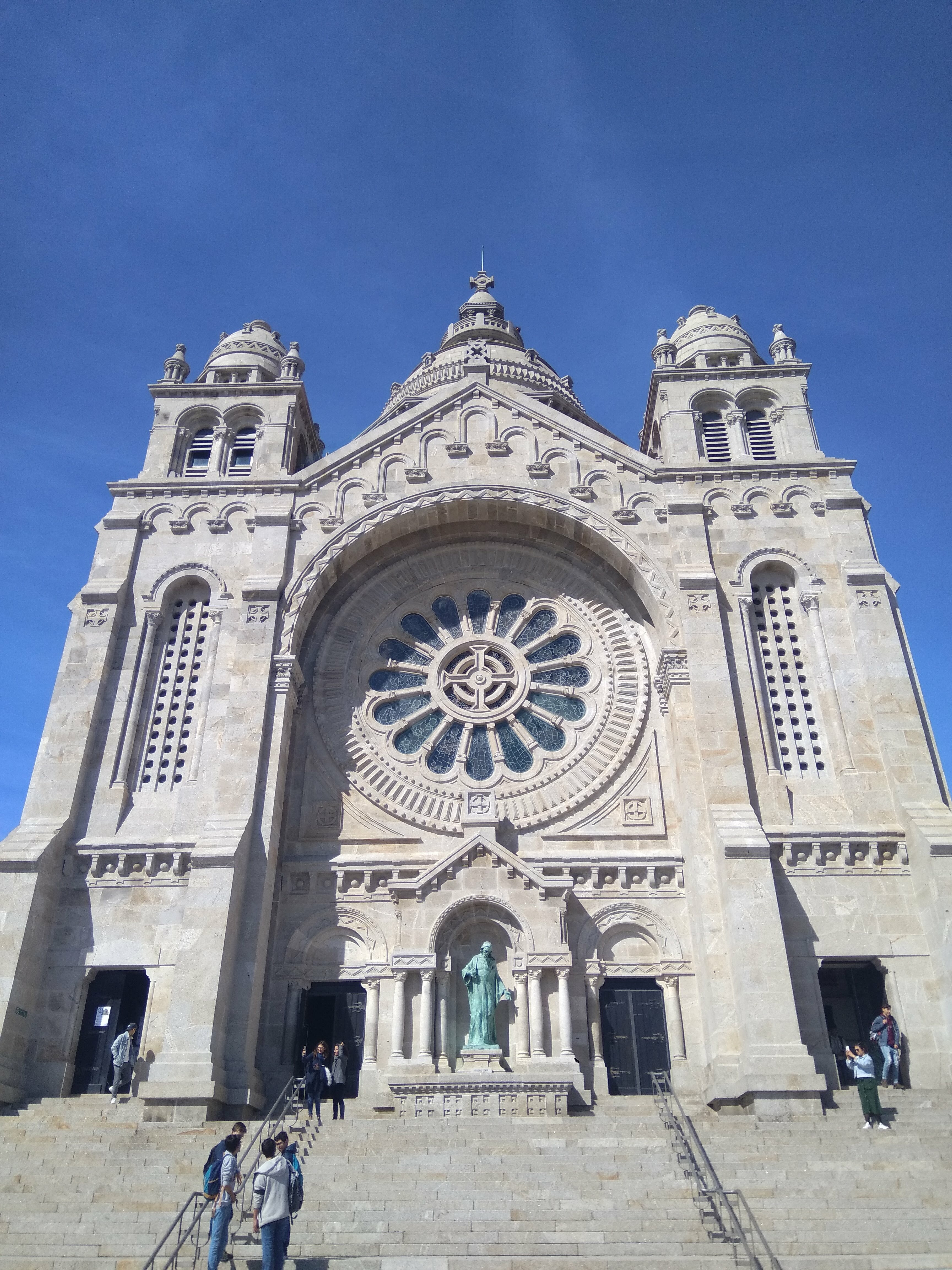

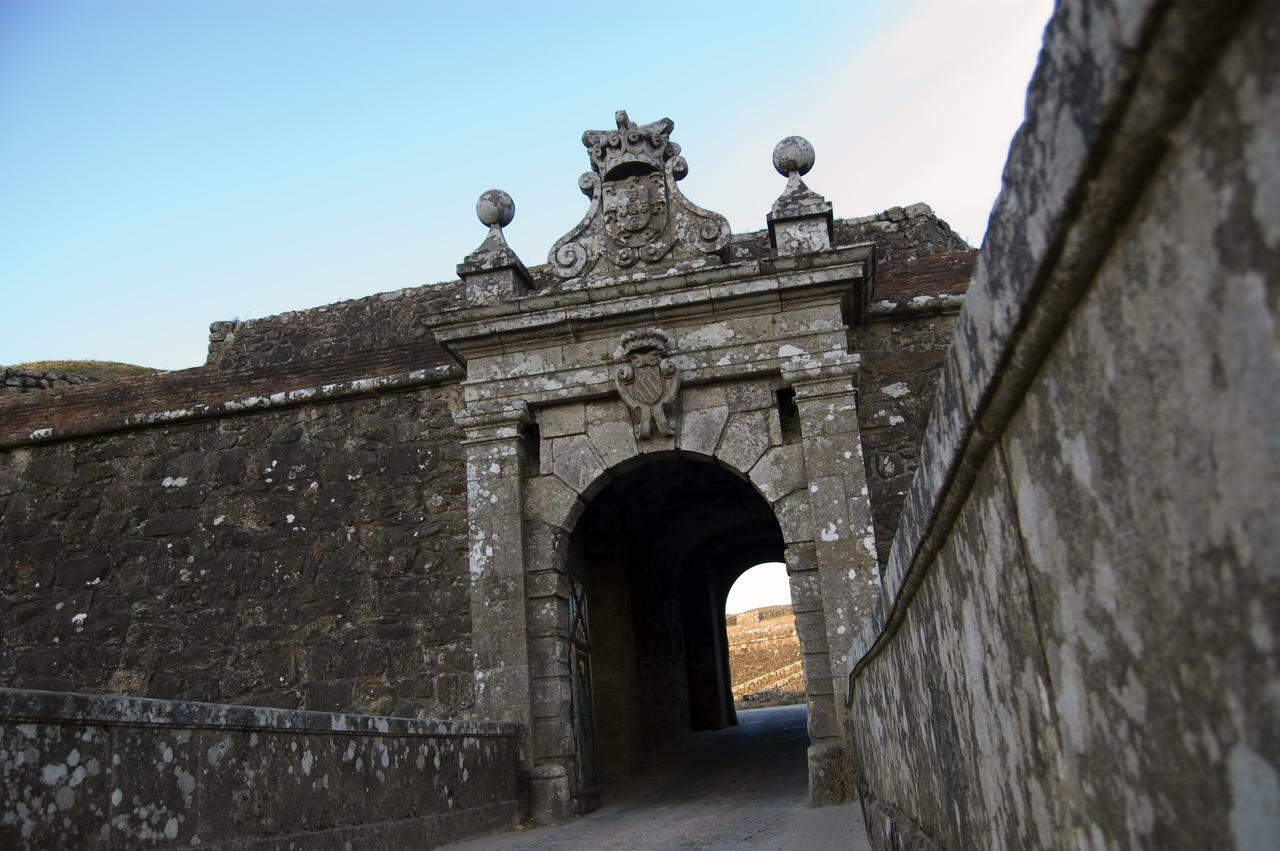
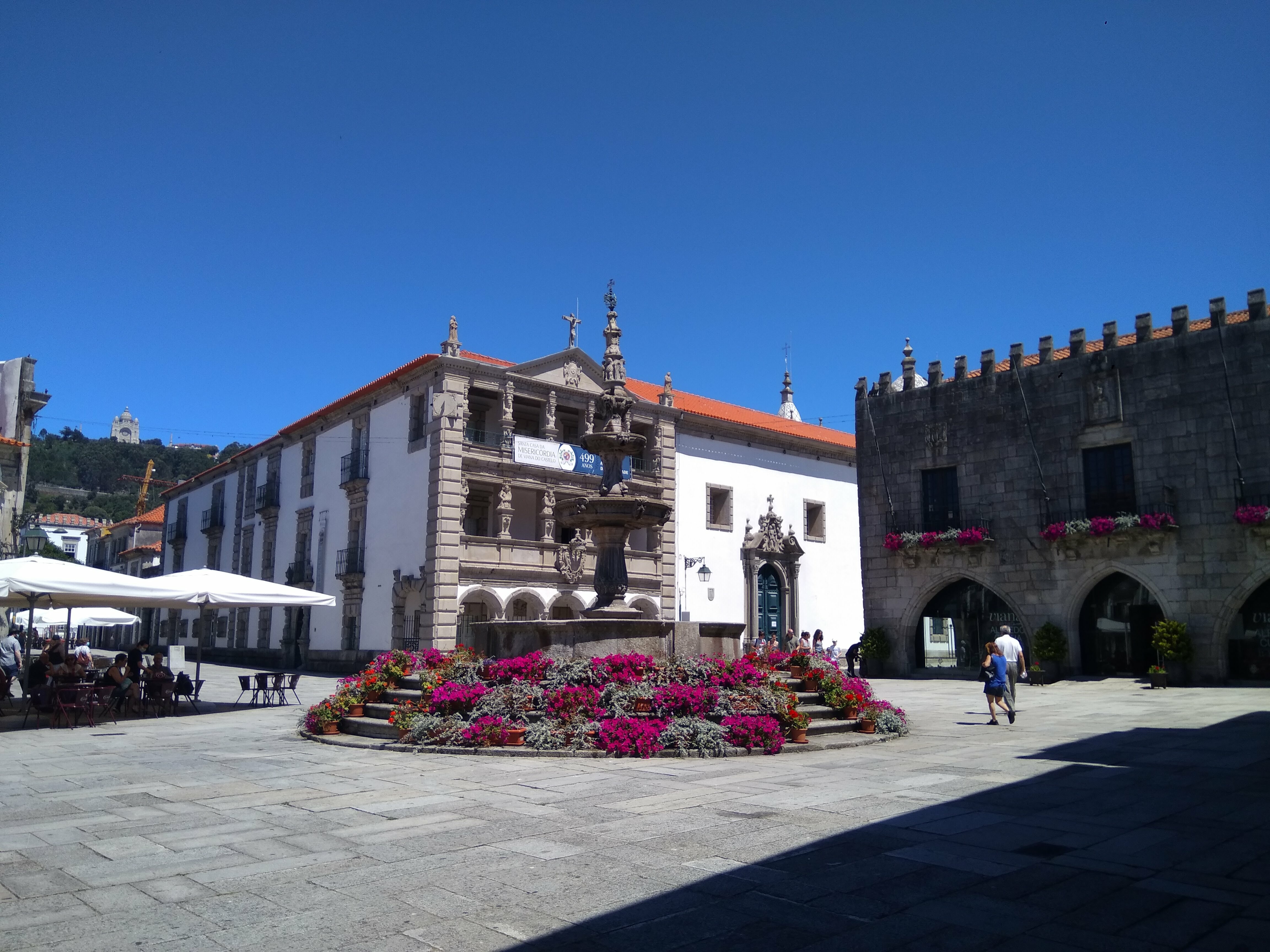
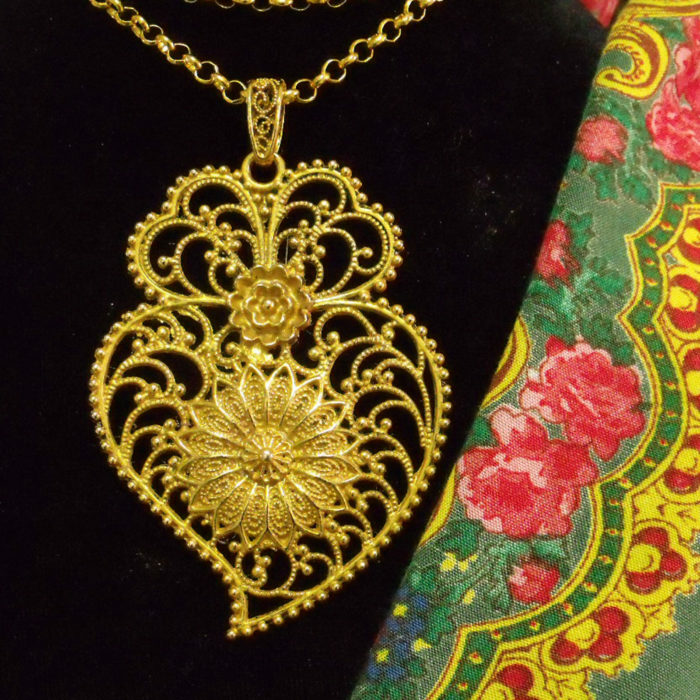
Currently used as a symbol of the city of Viana do Castelo, it emerged in Portugal with the cult of the Sacred Heart of Jesus at the end of the 18th century. It became an emotional and iconic heritage of Portugal and the art of Portuguese filigree and is now recognized throughout the world.
Normally, they are adorned with plant and floral motifs, with the part above the heart often representing fire, or alternatively, resulting in a second, smaller heart. Adding the way in which different fine threads draw the patterns and are welded together to create a much larger piece, results in breathtaking beauty. No other jewelry art uses a similar fusion technique to join gold strands. Today - as thousands of years ago - the different threads that make up each piece are joined only by heat, without using any other material or alloy.
It is also largely responsible for the beauty and exuberance of the "women of Viana", who proudly wear it on their chests as a sign of good taste and well-dressed clothes. The use of elegant gold pieces together with different combinations of typical Minho clothing continues to be a tradition of the city's biggest festivities - Nossa Senhora da Agonia.
